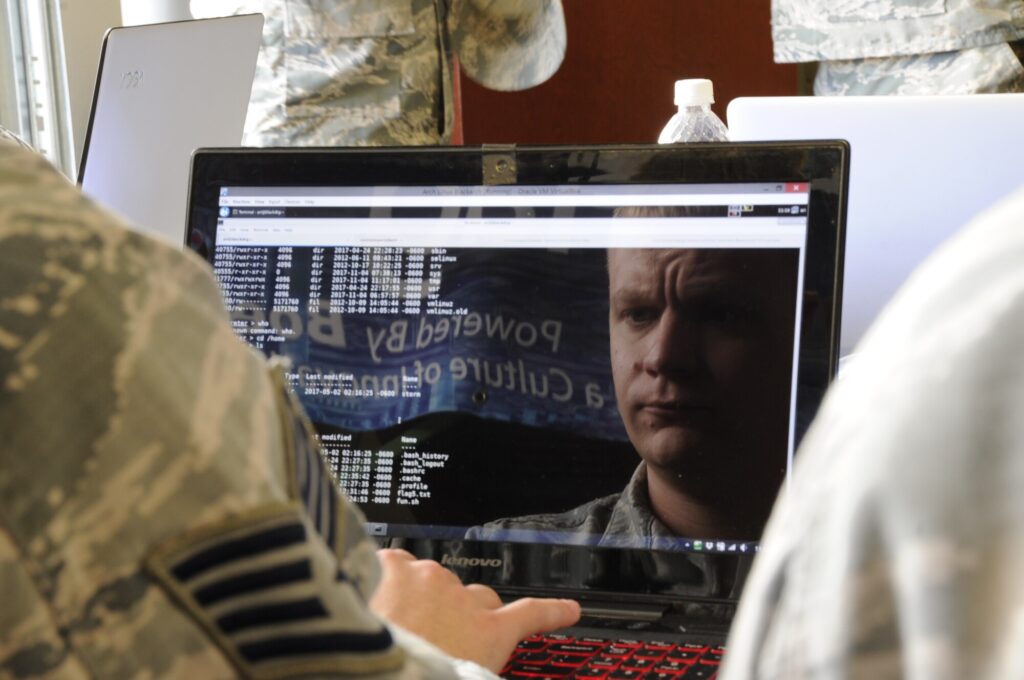In the ever-evolving landscape of modern warfare, cyber warfare has emerged as a critical threat to national security. The U.S. Military faces a multitude of cyber threats from state-sponsored hackers, criminal organizations, and hacktivists. To combat these threats, the military has implemented a range of cyber defense strategies, including network segmentation, threat intelligence, cyber hygiene, and incident response. In addition to defense, the military also engages in offensive cyber operations to disrupt enemy networks and gather intelligence. Collaboration with industry partners helps to enhance cybersecurity capabilities and stay ahead of evolving threats. By leveraging these strategies, the U.S. Military is working diligently to defend against online threats and maintain a secure cyberspace.
Cyber Warfare in the U.S. Military: How the Armed Forces are Defending Against Online Threats
Introduction
Cyber warfare has become a critical component of modern military operations, with the U.S. Military facing increasing threats from sophisticated adversaries in cyberspace. As technology continues to advance, the need for robust cybersecurity measures has never been more important.
Threat Landscape
The U.S. Military faces a diverse range of cyber threats, including state-sponsored hackers, criminal organizations, and hacktivists. These threats can target critical infrastructure, disrupt military operations, and steal sensitive information.
Cyber Defense Strategies
The U.S. Military has implemented a range of cyber defense strategies to protect against online threats. These strategies include:
1. Network Segmentation
By segmenting their networks, the military can limit the impact of a cyberattack by isolating compromised systems and preventing the spread of malware.
2. Threat Intelligence
The military continuously gathers intelligence on potential cyber threats, allowing them to anticipate and respond to attacks more effectively.
3. Cyber Hygiene
Regularly updating software, implementing strong passwords, and conducting cybersecurity training are essential components of maintaining good cyber hygiene.
4. Incident Response
The military has established incident response teams that can quickly detect and respond to cyber incidents, minimizing the impact on operations.
Offensive Cyber Operations
In addition to defense, the U.S. Military also engages in offensive cyber operations to disrupt enemy networks and gather intelligence. These operations are carried out by specialized teams within the military and are subject to strict rules of engagement.
Collaboration with Industry
The U.S. Military collaborates closely with the private sector to enhance its cybersecurity capabilities. By partnering with technology companies and cybersecurity firms, the military can leverage the latest innovations in cybersecurity to stay ahead of evolving threats.
Conclusion
Cyber warfare presents a significant challenge for the U.S. Military, but through robust defense strategies, offensive operations, and collaboration with industry, the military is working to defend against online threats and maintain a secure cyberspace.
